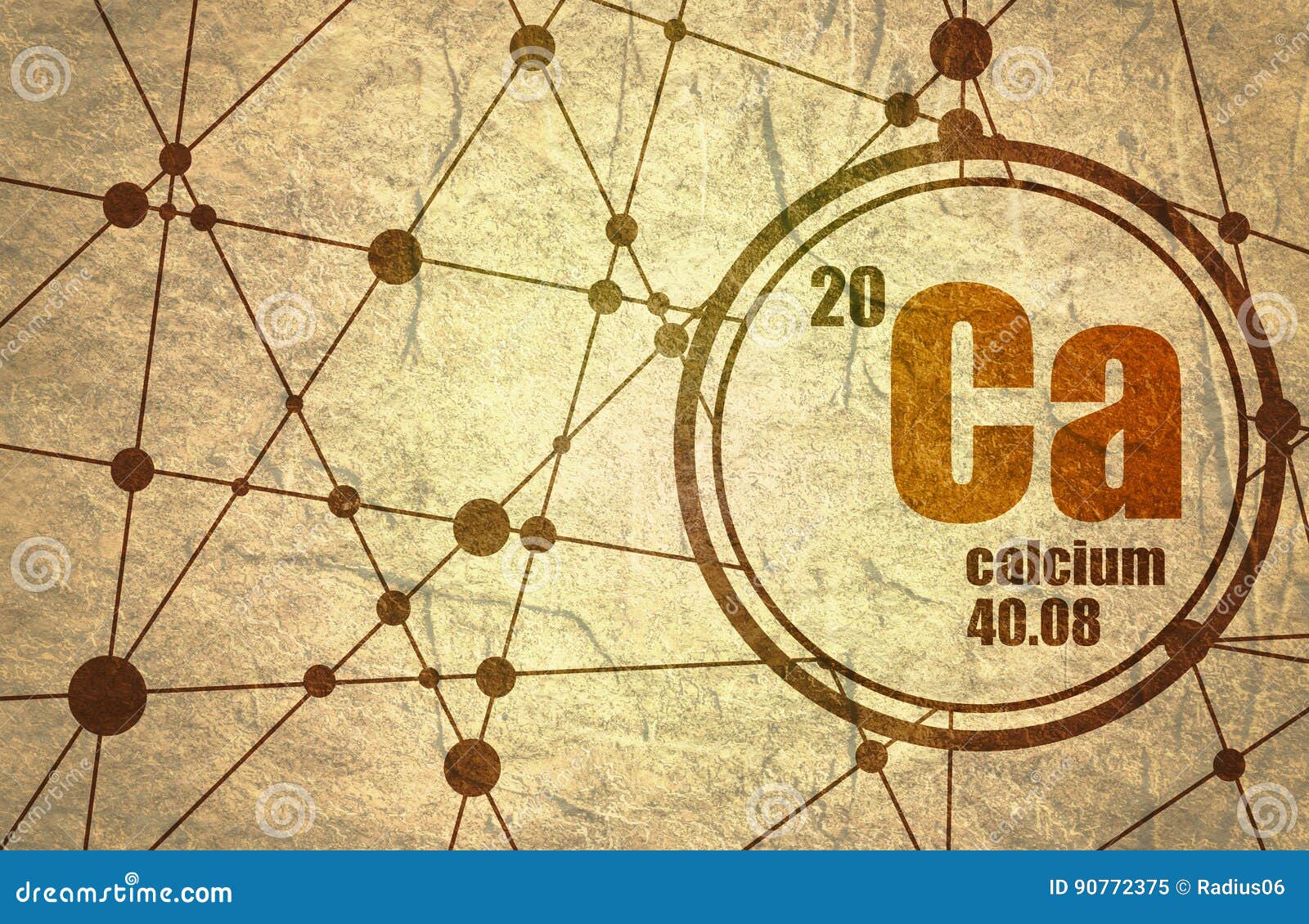

Although it compares with sodium as a reducing agent, calcium is more expensive and less reactive than the latter. On heating, calcium reacts with hydrogen, halogens, boron, sulfur, carbon, and phosphorus. It burns in air or pure oxygen to form the oxide and reacts rapidly with warm water to produce hydrogen gas and calcium hydroxide. The metal reacts slowly with oxygen, water vapor, and nitrogen of the air to form a yellow coating of the oxide, hydroxide, and nitride.

The chemistry of calcium is similar to heavy alkaline earth metal. It reacts with atmospheric oxygen, which makes its unfavorable to be used in the most applications, but its usage is space is being considered such in space. Calcium is a poorer conductor of electricity than copper or aluminum (by volume), but it is a better conductor by mass due to its very low density. Calcium is harder than lead but can be cut with a knife with effort. Its melting point is 842 ☌ and boiling point is 1494 ☌. The density of calcium is 1.55 grams per cubic centimeter. The atomic number of calcium is 20, and atomic weight is 40.078. It is the fifth most abundant element in Earth’s crust and the third most abundant metal, after iron and aluminum. Its physical and chemical properties are most similar to strontium and barium. For example calcium carbonate is formed in the shells of oysters and in the skeletons of coral.

Many organisms concentrate calcium compounds in their shells or skeletons. Almost all natural waters, including seawater, contain either or both calcium carbonate and calcium sulfate. Calcium also occurs in numerous silicates and alumino silicates. Calcium sulfate (CaSO4) occurs in anhydrite and gypsum, calcium fluoride in fluorspar or fluorite (CaF2) and calcium phosphate occurs in apatite. The calcium carbonate occurs in marble, chalk, limestone and calcite. It occur in earth’s crust in the forms of carbonate, sulfate, fluoride, silicate and borate.
CA ELEMENT CHEMISTRY FREE
Calcium Periodic Table ClassificationĬalcium is very reactive and does not occur in free form. A few other scientists, Magnus Pontin and Jöns Jacob Berzelius also produce a calcium amalgam after performing electrolysis on a mixture of lime and mercury oxide. He electrolyzed a mixture of lime and mercuric oxide. Calcium was first isolated by Sir Humphry Davy in 1808 in England. Later in 1787, lime was considered as an oxide of a novel chemical element by Antoine Lavoisier. Another form of calcium, calcium sulphate that is termed as gypsum have been found to be used in the construction of Great Egyptian Pyramid of Giza. The name calcium is derived from the word “calx” that is Latin for lime. The history of calcium dates to 7000 BC, when calcium in the form of lime was used as plasters for making statues and as building material. Calcium is important nutrient for the human body. It was discovered in 1787 by Antoine Lavoisier and was isolated in pure form in 1808. Calcium is an alkaline earth metal and has been known since prehistoric times.


 0 kommentar(er)
0 kommentar(er)
